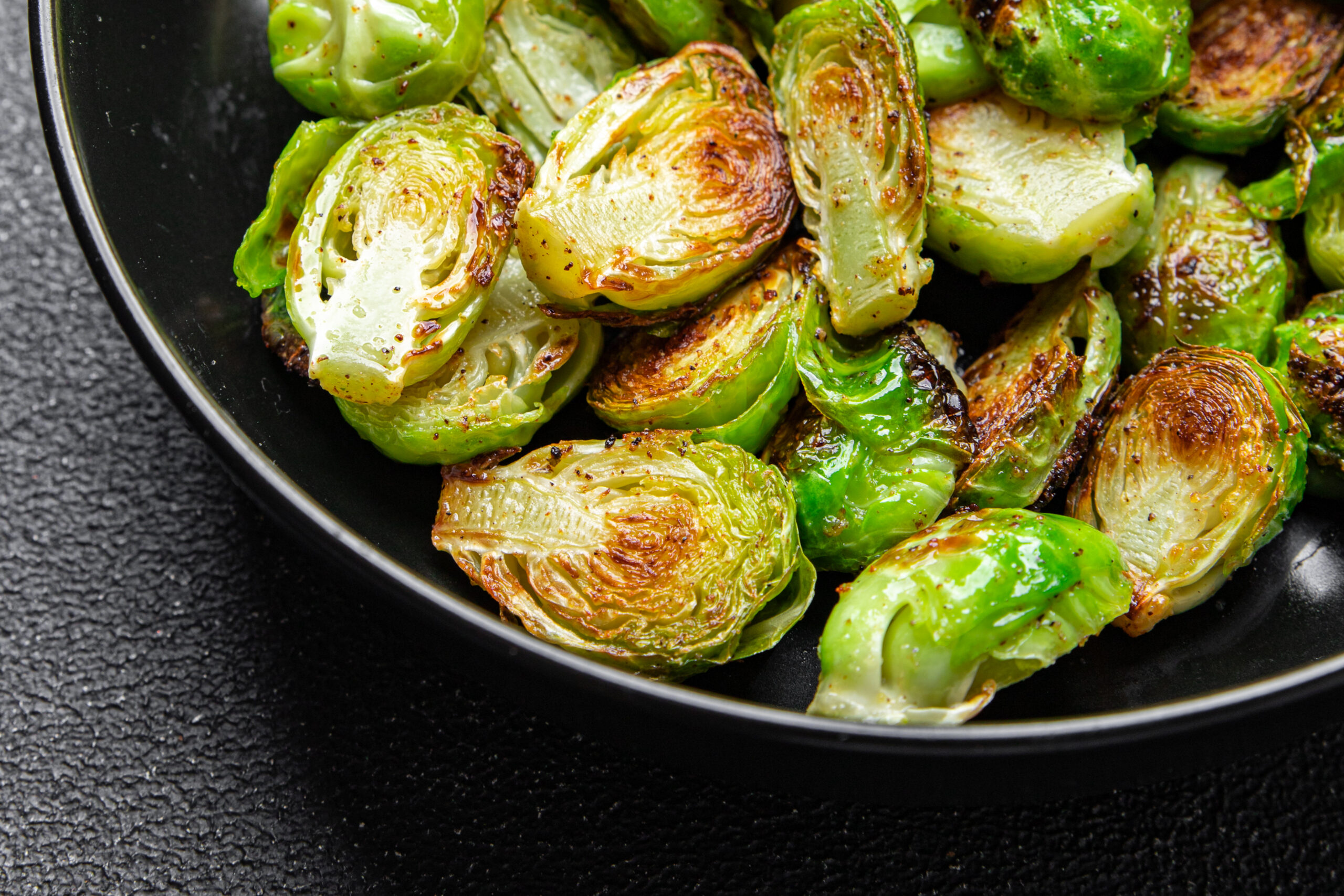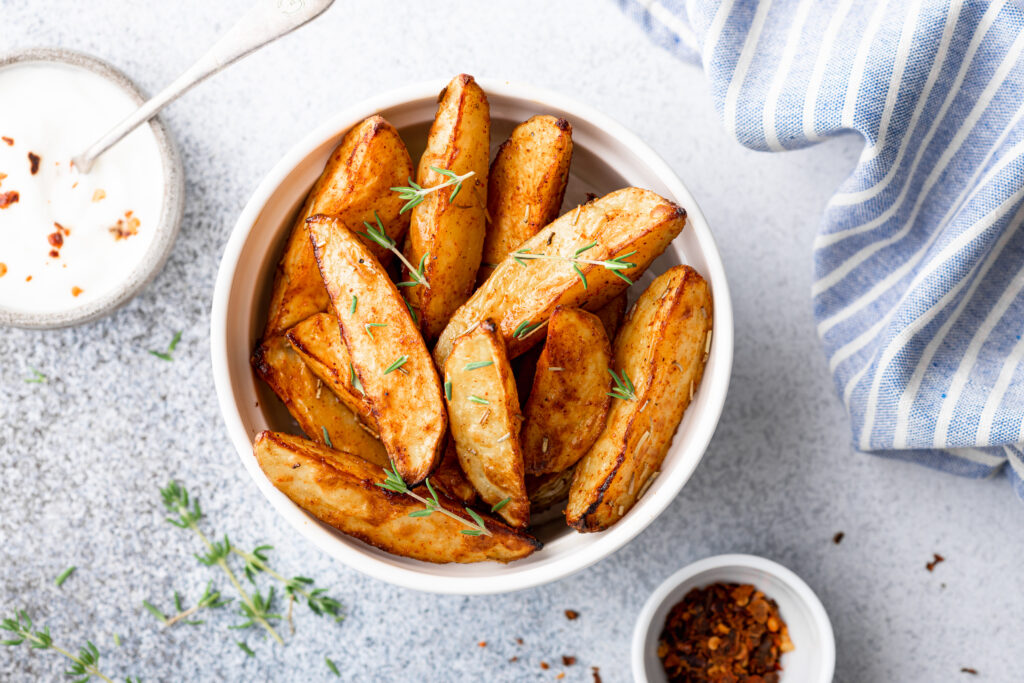- LIFE
200 Male Dog Names Names for Your Furry Friend


Incorporating healthy vegetable side dishes into your meals is a delicious way to boost nutrition and flavor in your diet. With a variety of vegetables available year-round, you can create diverse and satisfying side dishes that complement any main course. This guide explores practical recipes, essential techniques for preparation, and tips on storing and reheating your vegetable sides to maintain their freshness and taste.
Understanding the flavor profiles of various vegetables is key to creating a balanced side dish. Earthy root vegetables like carrots and beets pair well with sweet and tangy glazes, while leafy greens such as kale and spinach benefit from the addition of garlic and lemon. Cruciferous vegetables like broccoli and Brussels sprouts have a natural bitterness that can be mellowed with roasting or sautéing, often enhanced by a sprinkle of Parmesan cheese or a dash of balsamic vinegar.

Ingredients: 1 lb Brussels sprouts, 2 tbsp olive oil, salt, pepper, 2 tbsp balsamic vinegar, 1 tbsp honey.
Method: Preheat oven to 400°F (200°C). Halve the Brussels sprouts and toss with olive oil, salt, and pepper. Spread on a baking sheet and roast for 20-25 minutes. Drizzle with balsamic vinegar and honey before serving.
Storage: Refrigerate in an airtight container for up to 3 days.
Reheating: Reheat in a preheated oven at 350°F (175°C) for 5-7 minutes.
Ingredients: 1 tbsp olive oil, 3 cloves garlic (minced), 10 oz fresh spinach, salt, pepper, lemon juice.
Method: Heat olive oil in a pan over medium heat. Add garlic and sauté until fragrant. Add spinach and cook until wilted. Season with salt, pepper, and a squeeze of lemon juice.
Storage: Store in the refrigerator for up to 2 days.
Reheating: Gently reheat in a pan over low heat.
Ingredients: 2 carrots (shredded), 1 beet (shredded), 2 tbsp apple cider vinegar, 1 tbsp olive oil, salt, pepper.
Method: Combine shredded carrots and beets in a bowl. In a separate bowl, mix apple cider vinegar, olive oil, salt, and pepper. Toss the dressing with the vegetables.
Storage: Keeps well in the refrigerator for up to 3 days.
Reheating: Best served cold or at room temperature.
Ingredients: 1 bunch asparagus, 1 tbsp olive oil, salt, pepper, lemon zest.
Method: Toss asparagus with olive oil, salt, and pepper. Grill over medium-high heat for 5-7 minutes. Garnish with lemon zest before serving.
Storage: Store in the refrigerator for up to 2 days.
Reheating: Reheat on a grill or in a pan over medium heat.
Ingredients: 2 large sweet potatoes, 2 tbsp olive oil, salt, paprika, garlic powder.
Method: Preheat oven to 425°F (220°C). Cut sweet potatoes into wedges and toss with olive oil, salt, paprika, and garlic powder. Bake on a lined baking sheet for 25-30 minutes.
Storage: Store in an airtight container in the refrigerator for up to 4 days.
Reheating: Reheat in the oven at 350°F (175°C) for 10 minutes.
Proper storage is crucial for maintaining the freshness and nutritional value of vegetable side dishes. Use airtight containers to prevent moisture loss and flavor absorption. For leafy greens, a paper towel can absorb excess moisture, extending their shelf life. Most vegetable sides should be consumed within a few days for optimal taste and texture.
Freezing vegetable sides can be a convenient way to preserve them for future meals. Blanch vegetables like broccoli and green beans before freezing to maintain their color and texture. Store in freezer-safe bags, removing as much air as possible to prevent freezer burn. Label each package with the date to keep track of freshness.
Reheating vegetable sides requires gentle methods to preserve their taste and texture. Use an oven or stovetop for most dishes, as microwaving can lead to uneven heating and sogginess. For crispy textures, like roasted vegetables, an air fryer can restore their original crunch.
One common mistake is overcooking, which can lead to mushy textures and loss of nutrients. To avoid this, monitor cooking times closely and use high-heat methods like roasting or grilling for a crisp finish. Another mistake is under-seasoning; always taste and adjust seasonings before serving. Lastly, avoid overcrowding the pan, as this can steam vegetables rather than roast them.
By understanding the unique characteristics of each vegetable and applying these practical tips, you can create a variety of healthy vegetable side dishes that are both nutritious and flavorful. Whether you’re meal prepping or looking to elevate your dinner plate, these recipes and techniques will ensure your vegetable sides are always a hit.